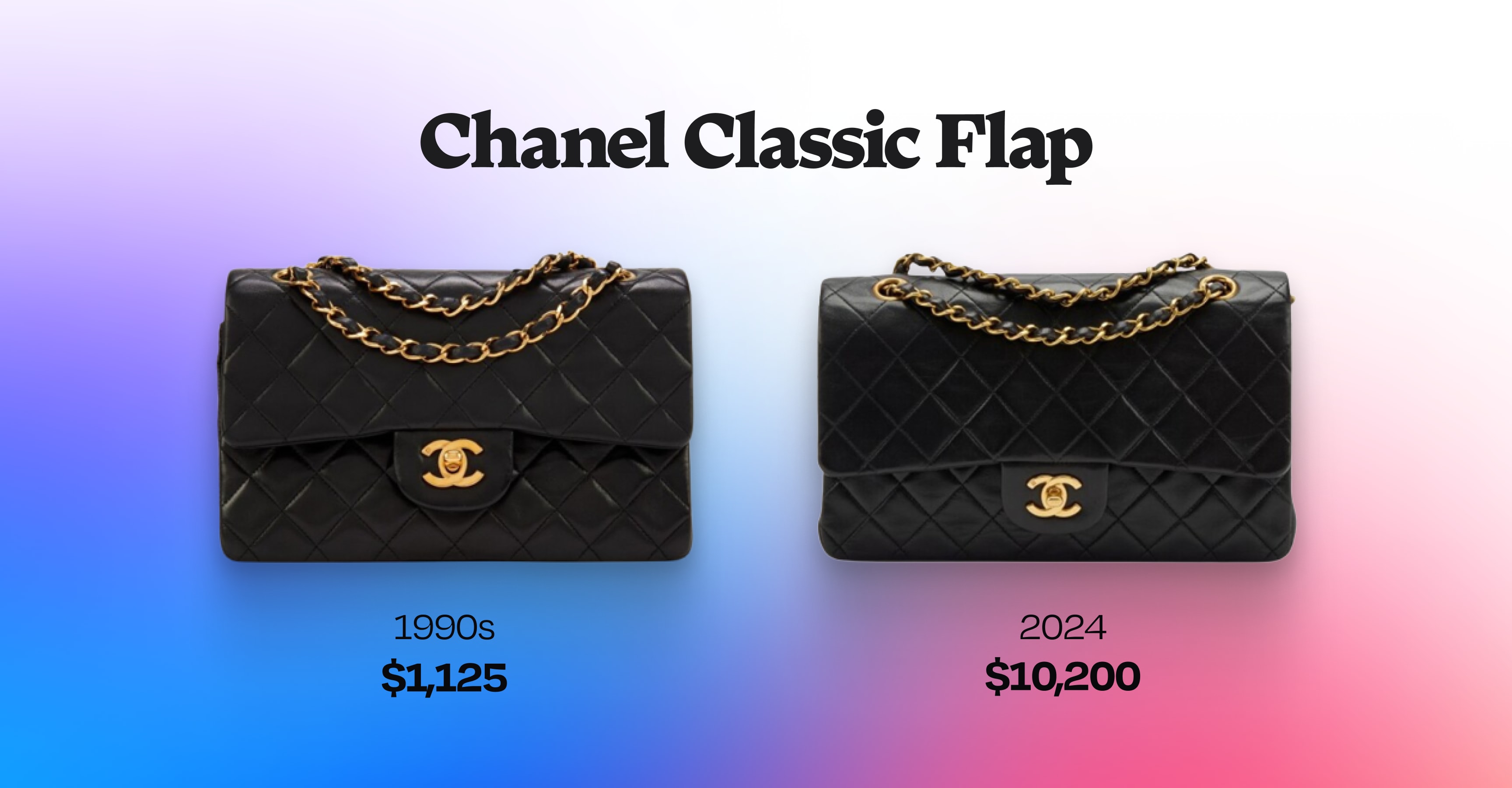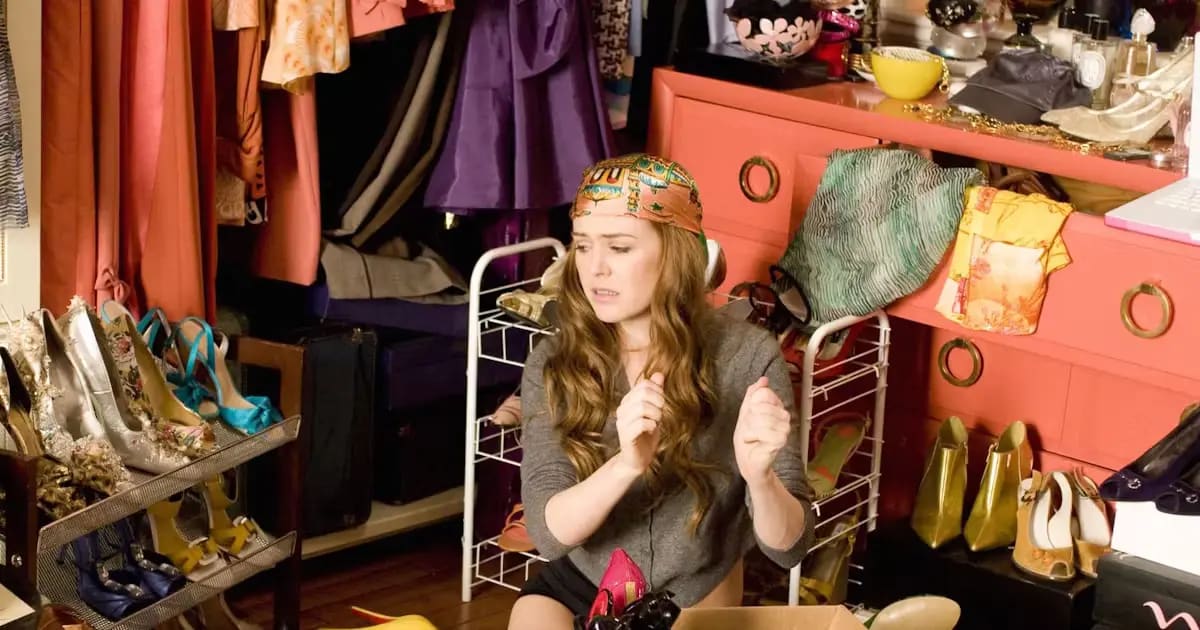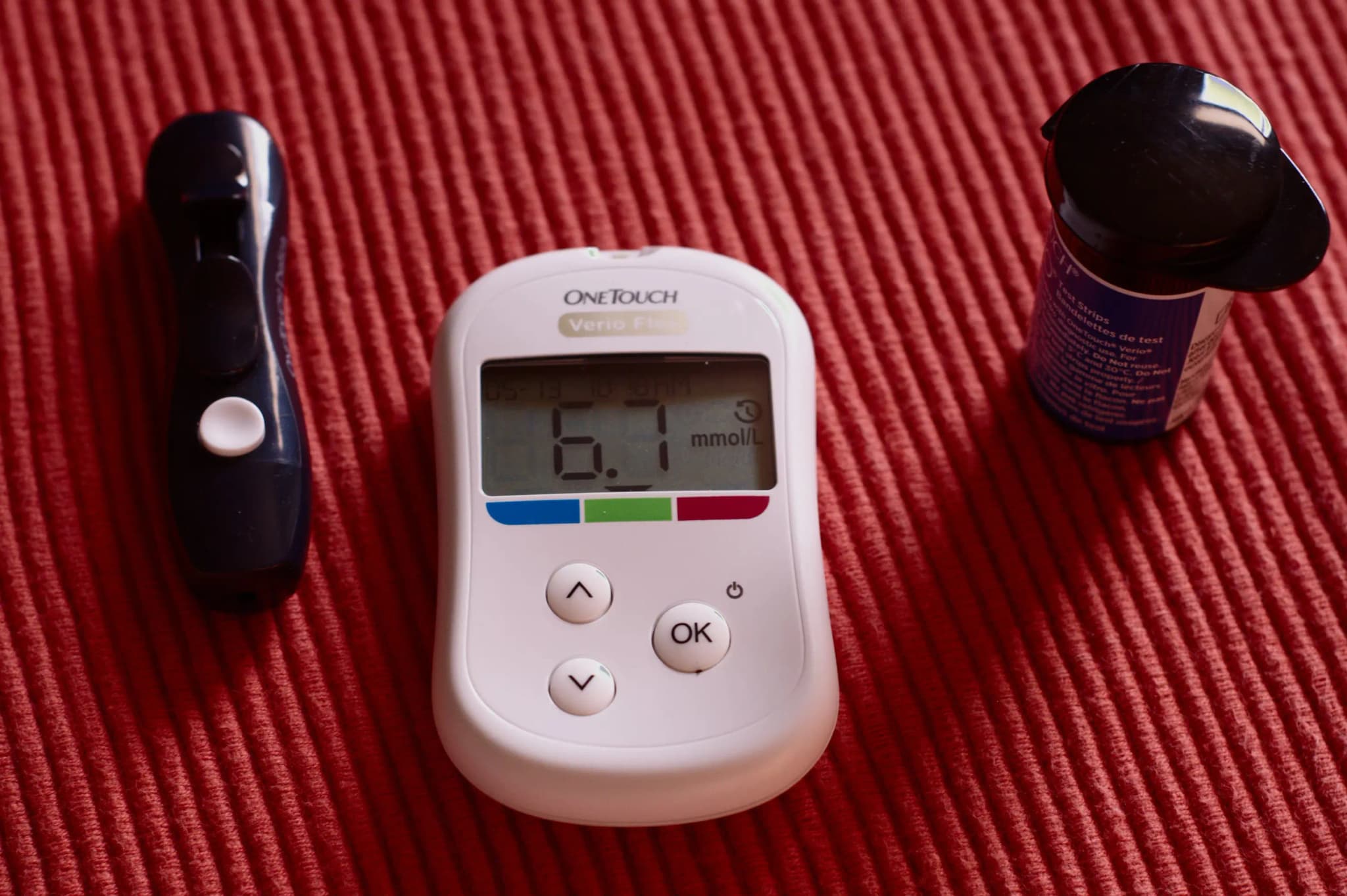Your grandfather’s Citizen watch still ticks. Your dad’s trucker jacket has made a comeback on Instagram (you’ll wear it tomorrow). But your smartphone barely makes it two years, and that trendy boyfriend shirt you just bought from Zara is already worn out after a few washes.
We’ve gone from complete ownership to complete disposal within a century.
If something breaks, we toss it out. If it’s out of style, we replace it. The question isn’t why things don’t last anymore; it’s why we put up with it.
Planned Obsolescence
In 1932, Bernard London, a real estate broker, coined the term "Planned Obsolescence" in his essay, “Ending the Depression Through Planned Obsolescence.” London observed that people often replaced their possessions before those were fully worn out during times of prosperity. But in economic downturns like the Great Depression, individuals squeezed the value out of their belongings till the last drop, breaking the expected cycle of consumption.
London proposed deliberately limiting the lifespan of commercial and industrial goods to encourage consumption and, in turn, create jobs.
"Planned obsolescence means instilling in the buyer the desire to own something a little newer, a little better, a little sooner than is necessary.” Brooks Stevens, the American industrial designer, would prophesize, decades later.
The government heeded Bernard London's advice and imposed a legal obsolescence on personal commodities. Industrial giants didn’t miss a beat to jump on the bandwagon.
They were mainly from the automobile industry, commercial product designers, and key stakeholders in the American economy. On the other hand, smaller manufacturers struggled to keep up with the costly and relentless cycle of yearly redesigns.
A classic example is the ‘Phoebus cartel,’ a consortium of light bulb manufacturers in the 1920s who deliberately limited the lifespan of bulbs to around 1,000 hours. Consumers would have to buy replacements more frequently. Before this, light bulbs were capable of lasting much longer.
Cut to the modern day, Apple, a company synonymous with innovation, found itself in the middle of a storm when it was accused of intentionally slowing down older iPhones. The upgrades were meant to protect the phone’s battery life, but many customers didn’t see it that way—they viewed it as a clever move to push them toward upgrading to the latest model.
Even a timeless luxury brand like Chanel isn’t immune to the appeal of planned obsolescence. Their Classic bags, touted as lifetime investments with a $15,000 price tag, have seen prices rise year after year. In 2021, the company faced massive backlash after multiple reports emerged of quality inconsistencies in their newer collections and pieces. Customers noticed that the leather and craftsmanship, once the hallmark of the brand, were not as durable as they used to be. Complaints ranged from peeling leather to fraying stitching, with some bags showing significant wear and tear after only a short period of use.

The Hidden Costs of Disposable Products
For decades, we’ve lived in a world of throwaway convenience. Buy, use, toss, repeat. In 2020 alone, humanity generated 2.24 billion tonnes of solid waste. Picture a line of garbage trucks stretching around the Earth—24 times over.
Imagine every person on the planet carrying a 450kg backpack of trash to dump in the ocean. And it’s only getting worse.
As much as we’d like to wish it, waste doesn’t just disappear. Landfills overflow, leaking toxins into our drinking water. Plastic-choked oceans suffocate marine life, poisoning the food chain. The air thickens with pollutants, breeding innumerable diseases and climate disasters.
It’s a countdown to the collapse of civilization.
Landfills are overflowing with yesterday’s purchases.
The environmental toll of this throwaway culture is massive, even more so on other species. But its societal impact is equally alarming.
A throwaway culture devalues repair skills and craftsmanship. More than that, it encourages the mindset that possessions are disposable.
Consumption is not a process of satisfaction, but a process of production in which we are consumed.
Here’s the good news: people are pushing back.
Not in grand, headline-grabbing ways, but in small shifts that, over time, could add up to something massive.
There’s a rising focus on circular economies—systems designed to extend the lifecycle of products. Instead of discarding, they’re reused, refurbished and recycled.
Ikea is getting in on the action. In select countries, the company now offers a buy-back program, allowing customers to return old furniture for store credit, which is then resold as second-hand. Patagonia has built its reputation on sustainability. They offer free repairs on their outdoor gear and actively encourage people to buy second-hand through their Worn Wear program. Rather than chasing lthe atest tech, Fairphone is a company committed to modular designs that make repairs easy.

Governments are also stepping up, with regulations like the European Union’s "Right to Repair" legislation. It requires electronics manufacturers to design products that can be repaired for up to a decade.
As part of a new movement, repair cafés have been popping up in cities worldwide, where communities gather to fix rather than discard. It’s been 15 years since Dutch journalist Martine Postma held the world’s first repair café event.
“At that time, repair was not seen as something normal,” Ms. Postma said. “You couldn’t do it anywhere.”
But under the current EU law, Ms. Postma pointed out that a manufacturer can opt to replace a broken item than repair it, if the cost of repair is greater than replacement.
The Repair Movement is a call to cherish what lasts, to repair what’s broken, and to create a future where quality takes precedence over quantity.
We’ve lost skills that used to be common sense. The ability to repair, to build, to take care of what we own.
We treat products the same way we treat time and money—easily spent, rarely invested.
Planned obsolescence is an insult. An insult to craftsmanship, to our intelligence, and to the idea that things should last longer than a season. We’ve traded durability for disposability, quality for plastic, and somehow, we’ve been convinced that’s progress.
It’s not. It’s a rigged game where corporations win and we lose—our money, our resources, our sense of value. But nothing lasts forever, not even this scam. The moment we stop accepting built-in failure as the norm is the moment it starts to collapse.



